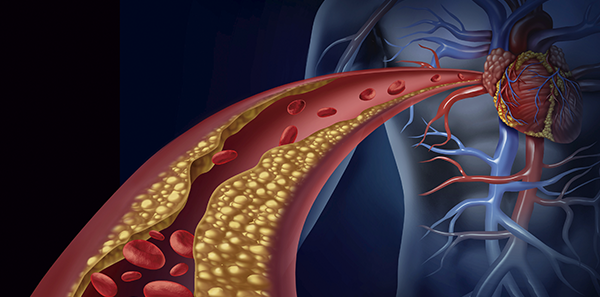
Concept
Chest angina (angina pectoris) is defined as thoracic pain, oppressiveness or discomfort attributable to restricted blood flow to the heart muscle (transient ischemic cardiomyopathy).
Causes
The mechanism that produces the ischemia is not always the same. It is frequently the result of an increase in the need for oxygen, provoked by changes to blood pressure and heart rate (physical exercise and emotions) in a patient with coronary atherosclerotic lesions (deposits of cholesterol plaques in coronary arteries). Other times pain occurs for no apparent reason (spontaneous reduction in oxygen supply) the same as in the majority of acute coronary syndromes.
Clinical symptoms
When it comes to suspected angina, the main concern is to investigate the pain.
The characteristics of coronary pain are: type, location, irradiation, curation, trigger factors, circumstances that provide relief.
It is usually an oppressive pain, heavy feeling or discomfort located in the region behind the sternum or in the front of the thorax and radiating outwards to the arms, neck and jaw.
The pain normally starts gradually and soon becomes intense. It also disappears gradually after 1 to 10 minutes.
In the classic effort angina, symptoms are clearly linked to physical exertion, particularly after meals or in a cold environment. Emotions can also trigger a crisis.
The circumstances in which angina pain can appear generally indicate the mechanism that provokes it and knowing this can enable treatment to be tailor-made to the patient.
Types
Effort angina is triggered by physical activity or by other situations involving an increase in the amount of oxygen needed by the heart muscle. It does not usually last very long and disappears when exercise is stopped or by taking nitroglycerin, which is a powerful vasodilator. The angina is known as initial if it has been going on for less than a month; progressive if it has become worse over the last months in terms of frequency, intensity, duration or effort level required to trigger it, and stable if its characteristics and the patient’s functional ability have not changed over the preceding month.
Angina at rest is sudden onset angina, with no apparent link to changes in myocardial (heart muscle) oxygen consumption. Its duration varies, although in 75% of cases episodes can be prolonged (more than 20 minutes).
Initial, progressive and at rest angina are unpredictable forms of development and have a variable prognosis, so they are grouped under the term of acute coronary syndrome and their treatment differs considerably from that prescribed for stable angina.
Dr. Juan Antonio Andreo Ramírez – ASSSA Medical Manager
The information published in this media neither substitutes nor complements in any way the direct supervision of a doctor, his diagnosis or the treatment that he may prescribe. It should also not be used for self-diagnosis.
The exclusive responsibility for the use of this service lies with the reader.
ASSSA advises you to always consult your doctor about any issue concerning your health.












